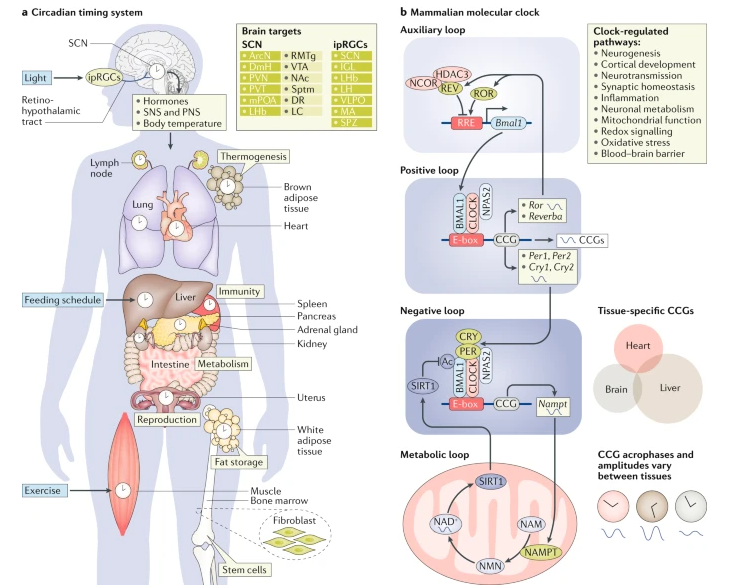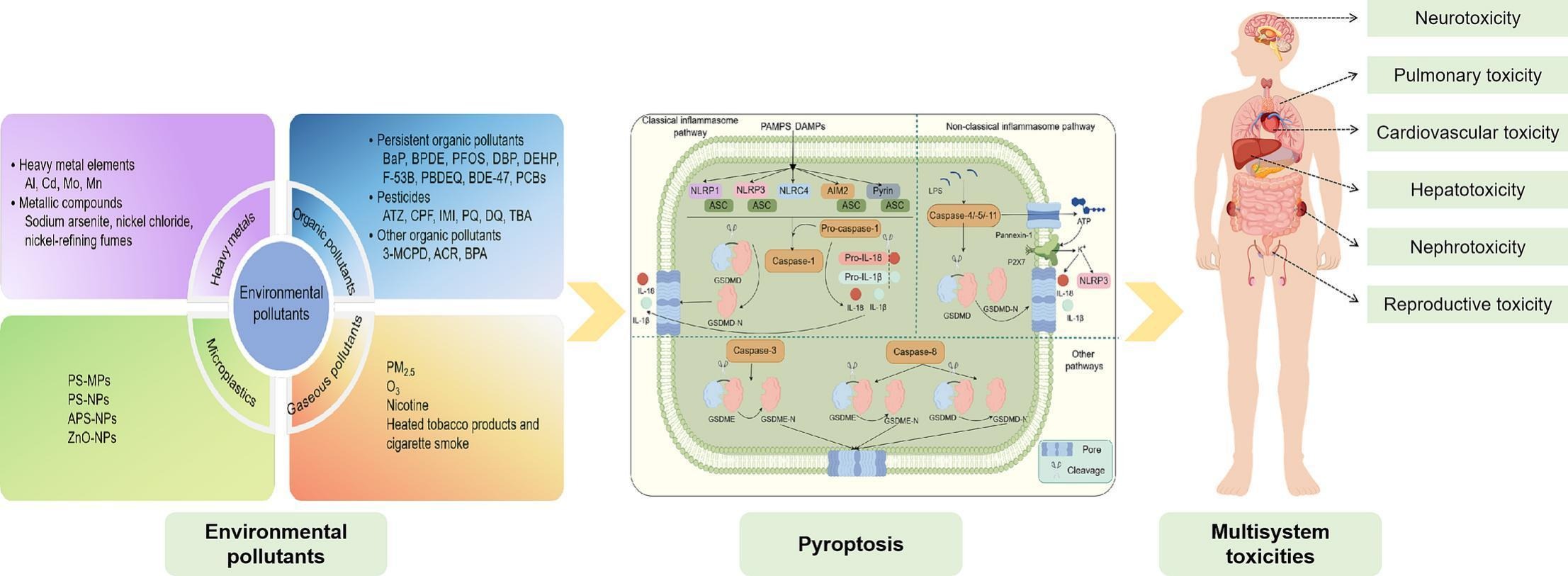Pyroptosis as a Central Mechanism in Multisystem Toxicities Triggered by Environmental Pollutants
Published in Earth & Environment, Materials, and Cell & Molecular Biology
Explore the Research
 elsevier.com
elsevier.com
Just a moment...
Skip to main content
What is Pyroptosis?
Pyroptosis is a type of programmed cell death that's pretty intense. Unlike apoptosis, which is a quieter way for cells to die, pyroptosis is like an alarm that goes off. When a cell undergoes
pyroptosis, it explodes, releasing pro-inflammatory cytokines like IL-1β and IL-18. This sends out signals that get the immune system going.The main players in pyroptosis are proteins called gasdermins, especially GSDMD, which create holes in the cell membrane and cause this explosive cell death. It's a normal part of how our body fights off infections, but when pollution kicks it into overdrive, it can lead to inflammation and tissue damage.
How Pollutants Trigger Pyroptosis?
Toxic pollutants like heavy metals (like cadmium and arsenic), pesticides, tiny particles in the air (PM2.5), and chemicals in plastics (like BPA) can cause oxidative stress and inflammation. Recent studies show that these pollutants can activate inflammasomes, which are like cellular detectors for damage that trigger pyroptosis.The inflammasomes involved include NLRP3, AIM2, and NLRC4. When they get going, they set off a chain reaction: activating caspase-1, which then activates gasdermin D, leading to cell bursting and the release of cytokines.
In short, rather than directly killing cells, toxins hijack the body’s immune response during Pyroptosis.
Pyroptosis and Multisystem Toxicity
A key finding from this research is that pyroptosis doesn't just affect one organ; it impacts multiple systems. Here's how it plays out in different areas:
- Respiratory System: Pollutants from the air, like PM2.5 and cigarette smoke, can cause pyroptosis in cells in the lungs, contributing to chronic issues like asthma and COPD.
- Cardiovascular System: Pollutants can set off pyroptosis in the cells lining blood vessels, leading to conditions like atherosclerosis and heart disease.
- Liver and Kidneys: Chemicals like cadmium and pesticides can trigger pyroptosis in liver and kidney cells, resulting in damage and loss of function.
- Nervous System: There's growing evidence that pyroptosis is linked to neuroinflammation. Toxins can cross the blood-brain barrier, triggering pyroptosis in supporting brain cells and possibly contributing to neurodegenerative diseases.
- Reproductive System: Chemicals disrupting hormones can cause pyroptosis in reproductive cells, affecting fertility and hormone regulation. This multi-organ impact explains why pollution is linked to various diseases, suggesting that pyroptosis might be a common factor.

Image Sources: https://www.nature.com/articles/s41583-018-0088-y
Public Health and Therapy Implications
Understanding how pyroptosis works opens up new possibilities for treatment and prevention. By targeting the key molecules in the pyroptosis process—like NLRP3, caspase-1, or gasdermin D—we may find ways to develop drugs that lessen the impact of pollution. Some experimental drugs and natural compounds (like MCC950, an NLRP3 inhibitor) are already being looked at as possible pyroptosis blockers. This could be really helpful for
people exposed to high levels of air pollution, like those living in industrial urban areas. Also, this research points to the need for stricter pollution control measures to protect public health on a cellular level.
Conclusion
The studies on pyroptosis and pollution reveal a tough truth: pollution isn’t just a vague threat—it’s actively making our immune system go haywire. Pyroptosis, once a protective
response, is now working against us because of environmental toxins. By understanding pyroptosis, scientists are shedding light on the hidden biological costs of pollution and exploring new treatment options. This is an important step toward recognizing and eventually addressing the unseen damage pollution does to our health.
References
https://doi.org/10.1016/j.lfs.2025.123632
Follow the Topic
Ask the Editor - Immunology, Pathogenesis, Inflammation and Innate Immunity
Got a question for the editor about the complement system in health and disease? Ask it here!
Continue reading announcement
Please sign in or register for FREE
If you are a registered user on Research Communities by Springer Nature, please sign in